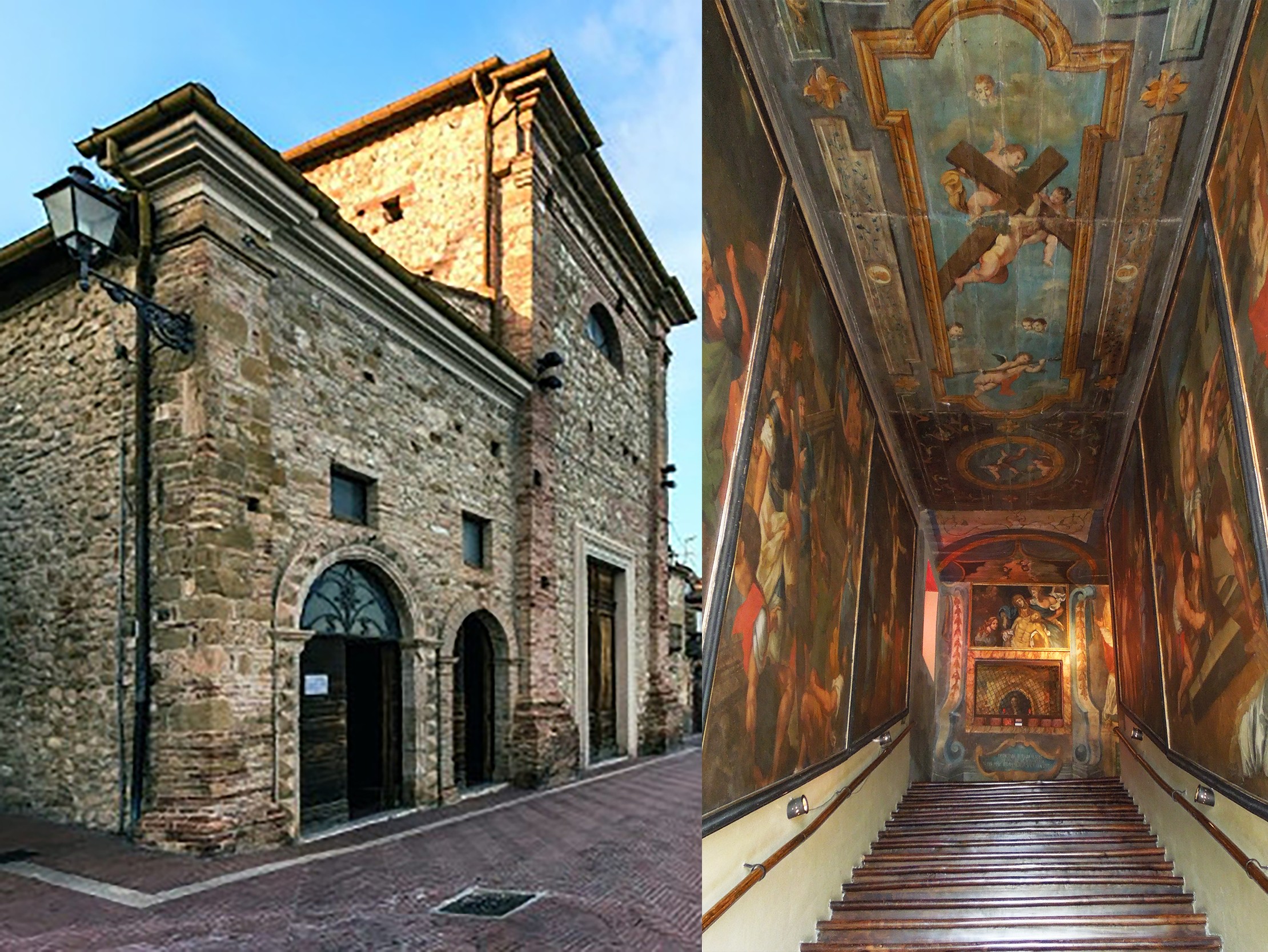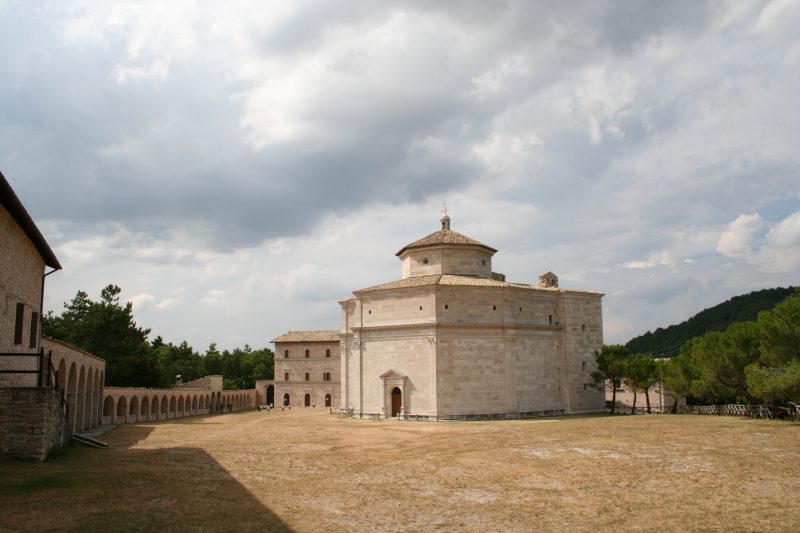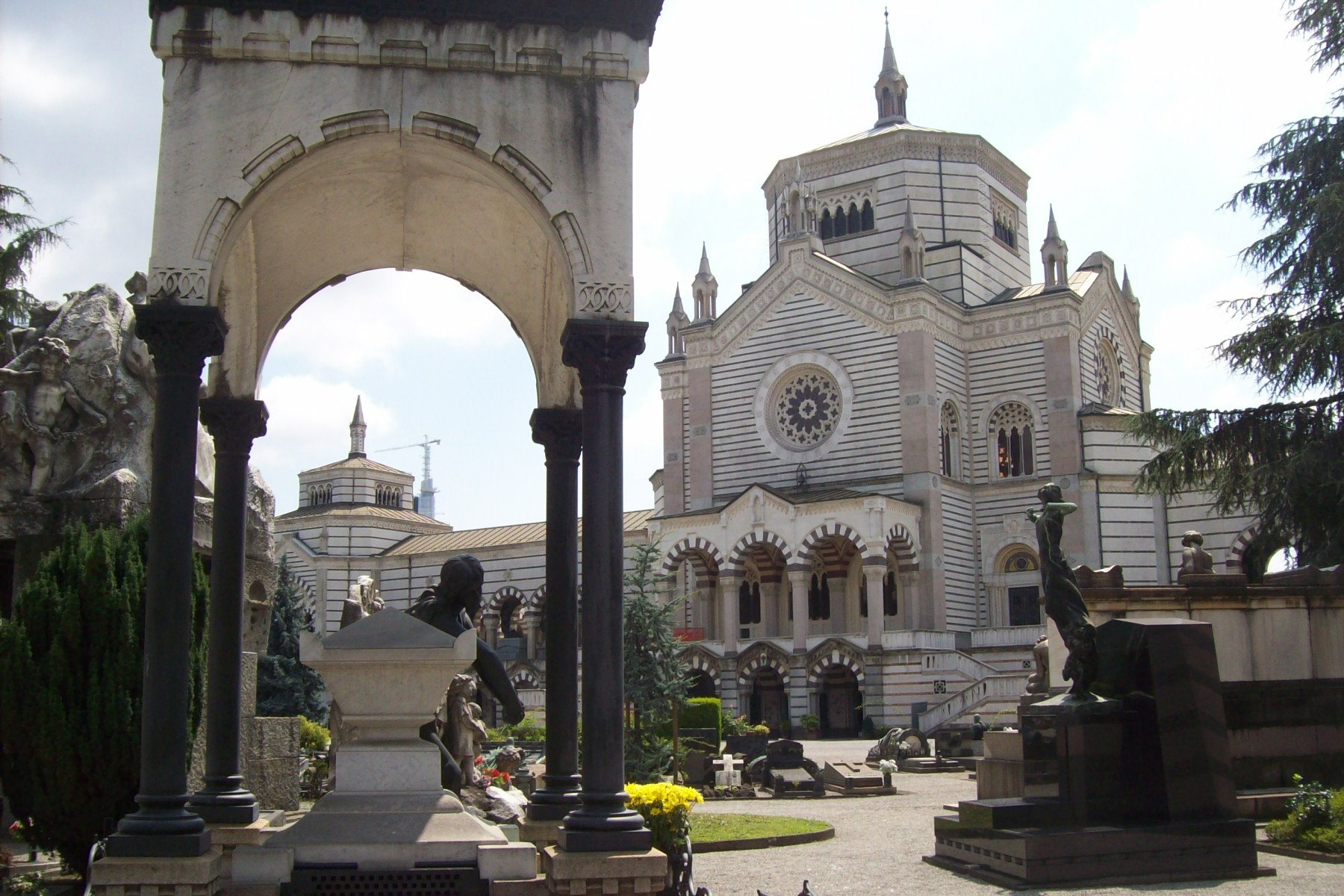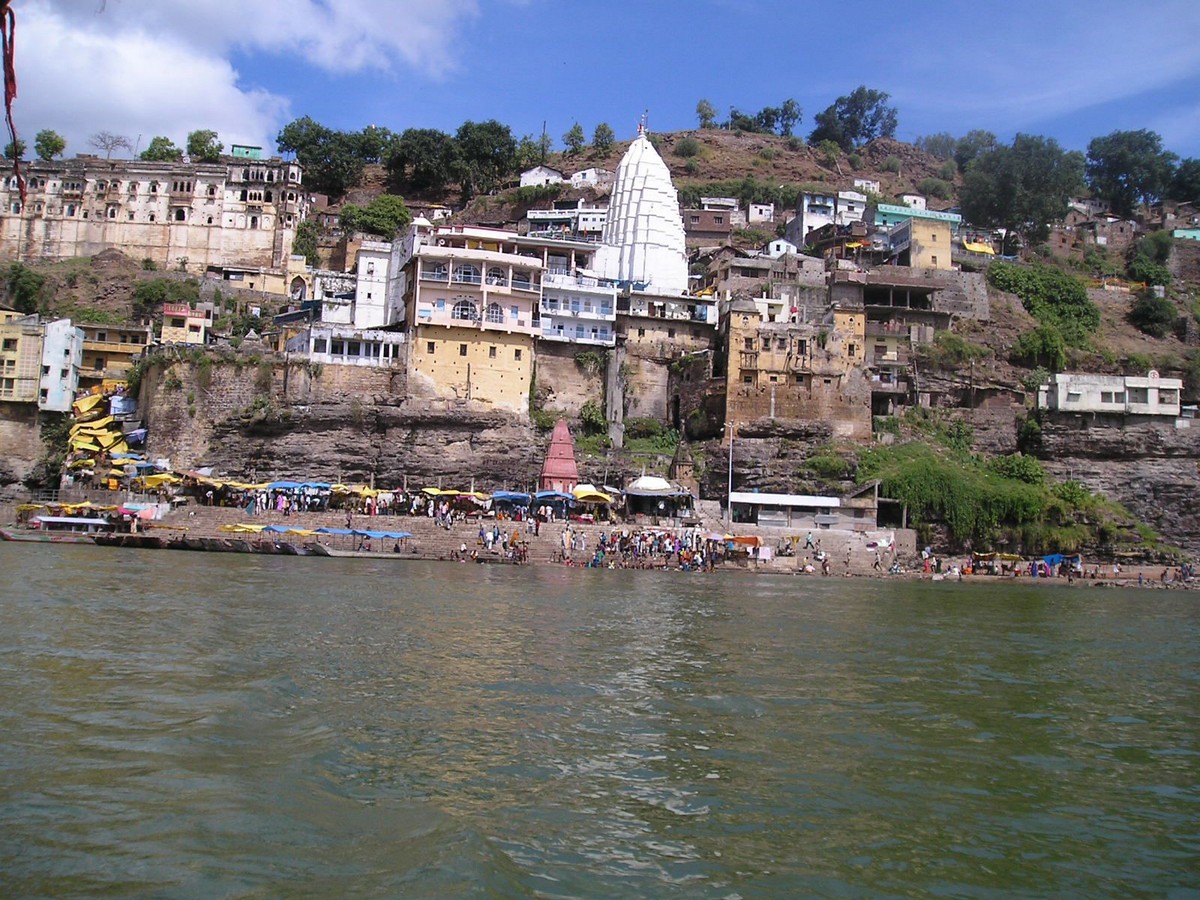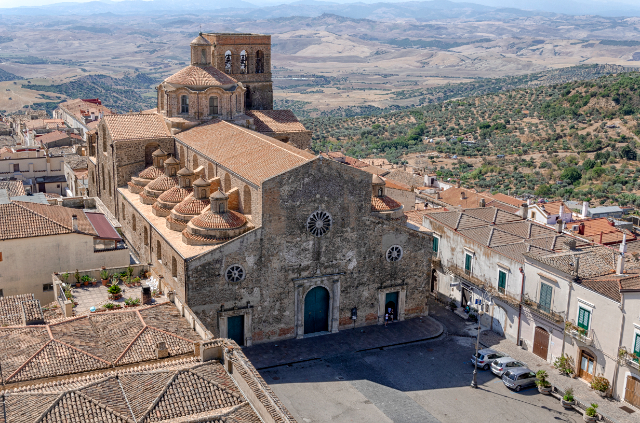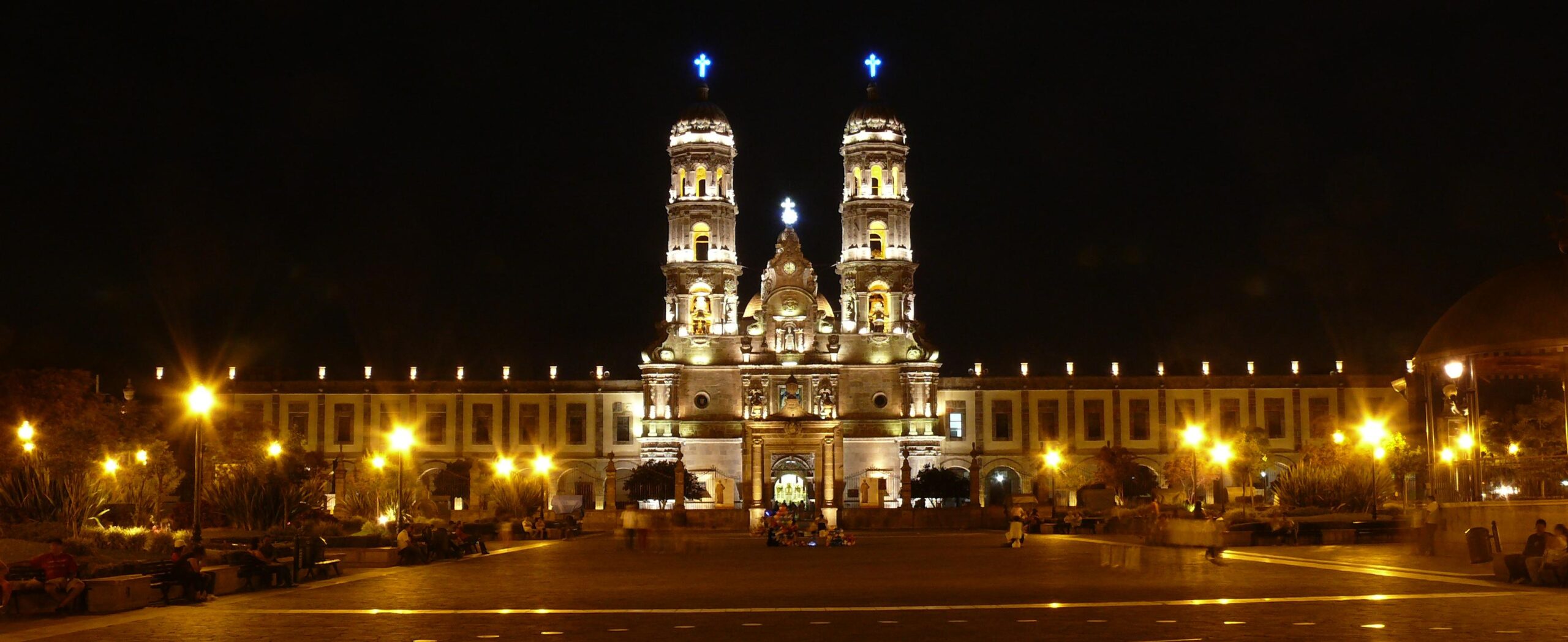One of the peculiarities of Campli is its strong link with the spiritual world and right behind Palazzo Farnese there is a place that is closely linked to the heartfelt religiousness of the inhabitants of the village: the Scala Santa (Holy Staircase). According to the Christian religion, it is possible to obtain an indulgence by praying and climbing on one’s knees the 28 steps of olive wood that make up the staircase leading to the little chapel of the Sancta Sanctorum.
Built in the eighteenth century, the famous staircase is located near the Church of St. Paul, and is a staircase of 28 wooden steps steeped in religiousness and mysticism. According to a custom in force since 1772, as already mentioned, the faithful who walk down it on their knees in silent prayer and pass through the paintings that cover the side walls of the staircase, evocations of the Passions of Christ, see all their sins forgiven.
A Plenary Indulgence in short, of expiation and rebirth, which precedes the staircase for the descent, walk on your feet accompanied instead by frescoes symbolically representing the Resurrection. The building of the Holy Staircase develops a more modest height than that of the medieval church dedicated to St. Paul, which is leaning against. The façade, made of bricks and stones, concluded with a horizontal crowning, is opened by two portals and two windows. The portal that introduces to the room with the steps in olive wood comes from the convent of Sant’Onofrio and presents diamond point workings.
The model of the internal layout of the building is similar to that of the Lateran, with 2 flights of stairs that connect to a single landing where there is a grille that allows you to see inside the environment of the Sancta Sanctorum. In the small chapel there is the altar dedicated to the Saviour, relics of martyrs and saints kept in reliquaries of the Neapolitan school, two stauroteche with two fragments of the cross of Christ and a canvas that reproduces the effigy of St. Francis of Assisi. On the walls of the landing two frescoes recall the figures of Pope Clement XIV and St. Helena Empress, mother of Emperor Constantine I, who holds a large cross in her hands. According to a medieval legend, the empress, during one of her journeys to the Holy Land, found and transported to Rome the ladder that Jesus climbed to get to the presence of Pontius Pilate.
